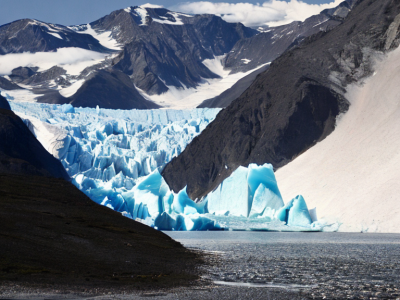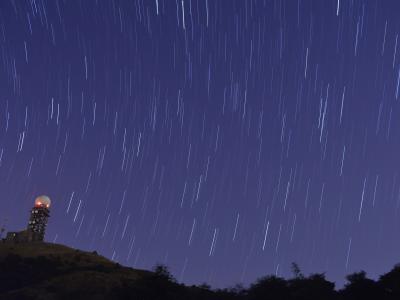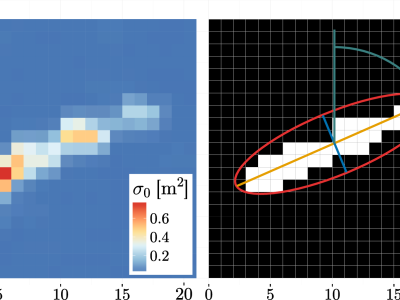
The HROS dataset consists of OPT and SAR images collected from multiple sources. The OPT images are collected from the large-scale public remote sensing datasets. Image sources include different platforms, including Google Maps, JL-1 satellite, Gaofen-2 satellite, aerial imagery, etc. The SAR images are captured by the AS-01 satellite, developed by Skysight Technology Co., LTD. The AS-01 satellite is equipped with a two-dimensional scanning plane solid-state active phased array synthetic aperture radar (SAR) payload, which enables high-resolution imaging capabilities.
- Categories:








